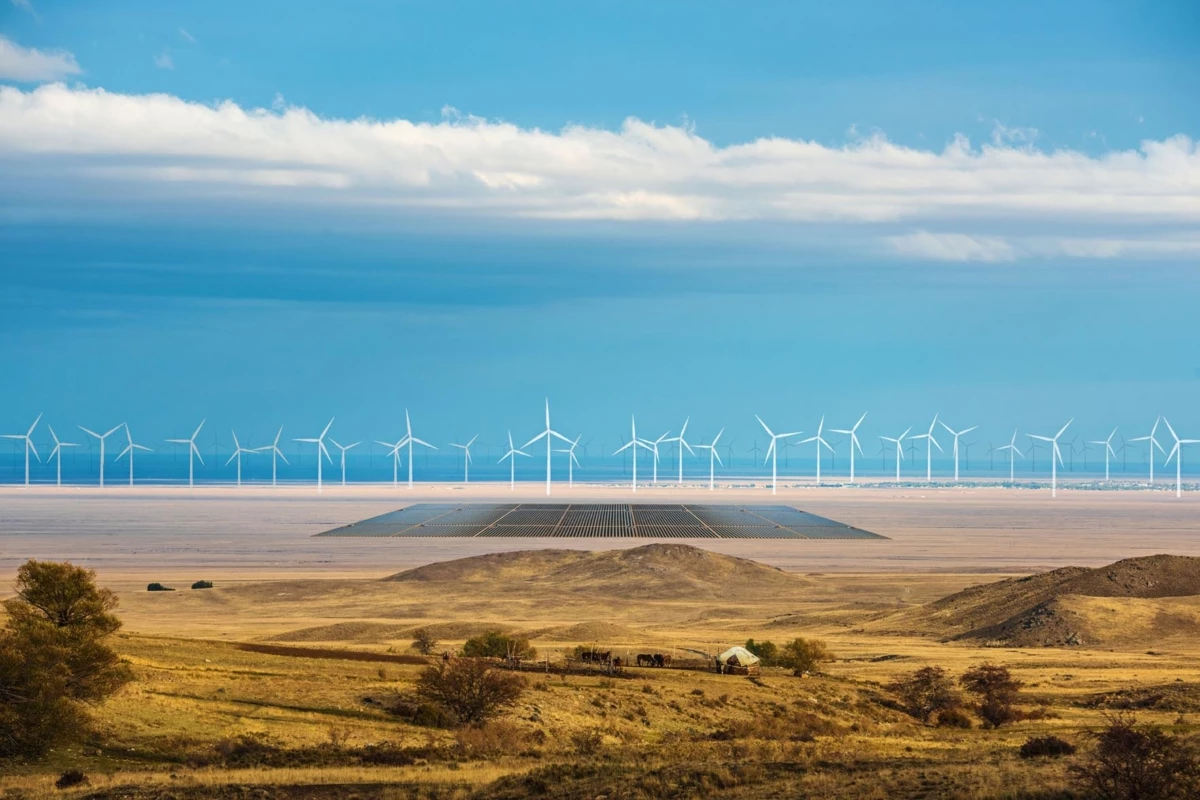Germany's Svevind has announced plans for a colossal green hydrogen project that will place some 45 gigawatts of wind and solar energy generation on the vast steppes of Kazakhstan to produce around three million tonnes of green hydrogen annually.
This project will utterly dwarf the biggest project currently in planning or underway; it boasts more than twice the production capacity of the Asian Renewable Energy Hub that's just been deemed "clearly unacceptable" by Australia's conservative environment minister, and it's projected to produce five times more than the Enegix Base One project in Brazil. The biggest green hydrogen plant in the world today, Air Liquide's facility in Canada, marshals just 20 MW of peak electrolyzing capability – this Svevind project plans to run a monstrous 30 GW of electrolyzers.
The development is at an early stage; Svsvind has just signed an MoU with the Kazakh Invest National Company JSC after presenting its plans to the Kazakh government in May. The overall development, engineering, procurement and financing phases are expected to take about three to five years, and then the construction and commissioning phases are predicted to take around five years.
Why Kazakhstan? Well, this land-locked central Asian giant is the ninth biggest – and 18th least densely populated – country on the planet, with just seven people per square kilometer (18 people per sq mile). The endless plains of the Kazakh steppe take up a third of the country, an area larger than Pakistan. It's the most prosperous country in Central Asia, with an economy largely reliant on petroleum and crude oil exports.
So there's plenty of open space for renewable energy generation, even if it's not the windiest of places, the location is pretty decent for exporting to Asia or Europe, and there are local ammonia, steel and aluminum industries that could use the hydrogen domestically. Plus, any country currently reliant on fossil fuel exports needs to be planning ahead as the world looks to decarbonize over the next few decades.
Source: Svevind





